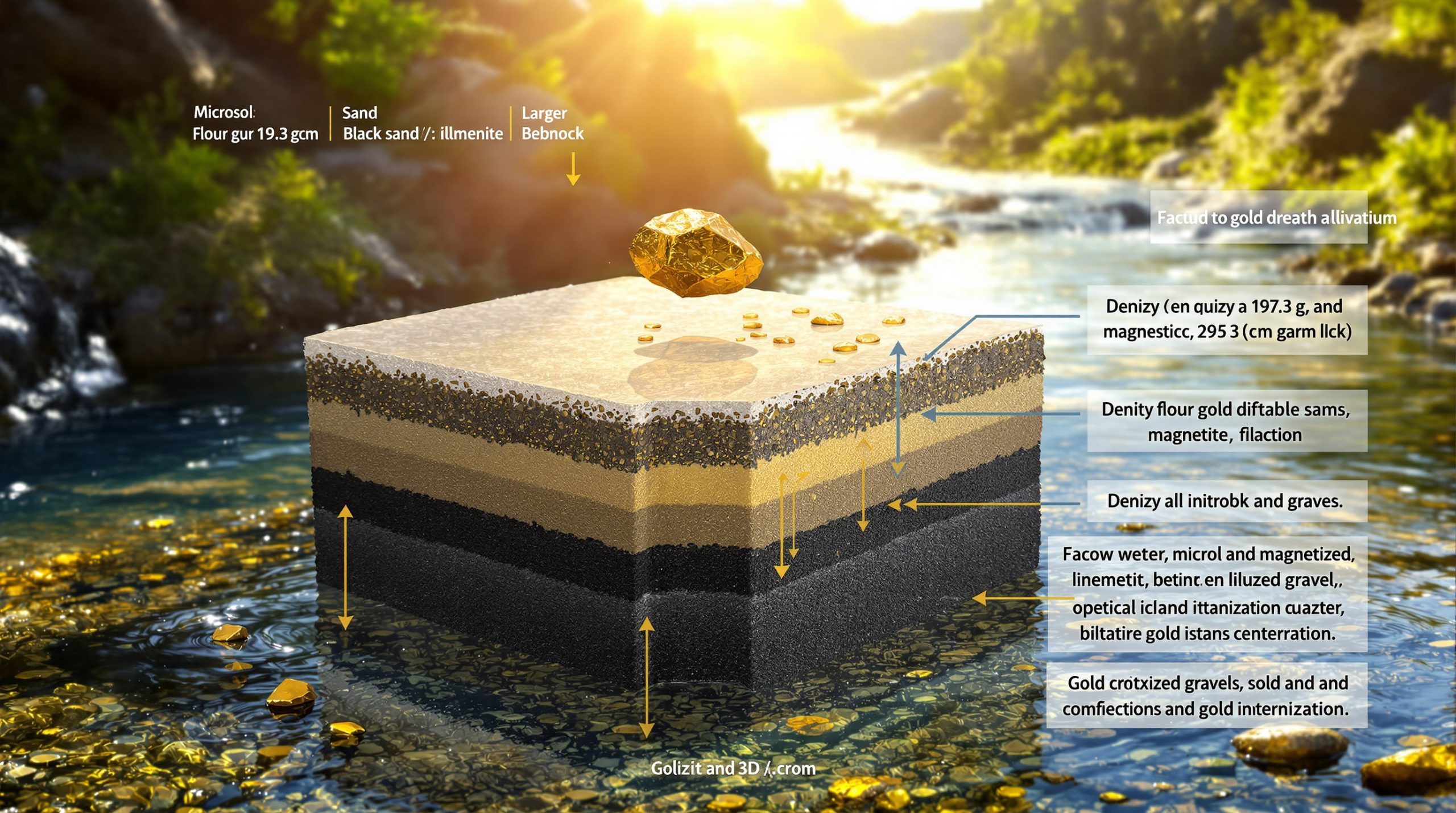How is China's Nickel Stockpiling Reshaping Global Supply-Demand Dynamics?
China has strategically doubled its high-purity Class 1 nickel reserves since late 2024, creating a significant shift in global inventory dynamics. This deliberate accumulation serves as a critical inflection point in resource geopolitics, introducing new variables into the nickel market that has been struggling with persistent oversupply and weak electric vehicle adoption rates.
The strategic stockpiling is occurring despite LME nickel trading below US$15,000/t, a price level that threatens the viability of over 50% of global producers. This paradoxical situation—where the world's largest consumer signals confidence in long-term fundamentals while current prices remain depressed—creates a complex investment landscape with both challenges and opportunities.
Key Market Indicators Revealing China's Strategic Moves
- Class 1 nickel imports to China have more than doubled year-over-year
- Accelerated withdrawals from LME warehouses point to deliberate inventory building
- Strategic reserves have increased by approximately 100% since Q4 2024
- This stockpiling pattern mirrors similar approaches with lithium, cobalt, and copper
Why is China Building Strategic Nickel Reserves Now?
China's quiet yet deliberate accumulation of strategic metals, particularly Class 1 nickel, represents a calculated geopolitical strategy. By creating physical supply buffers, Beijing aims to insulate domestic industries from future price volatility while establishing greater control over critical resource markets.
Geopolitical Positioning Through Resource Control
The timing of this accumulation is particularly significant. While current market conditions favor buyers due to structural oversupply, China's government-backed entities are securing inventory at historically attractive pricing levels. This positions Beijing to potentially influence future supply-demand dynamics through strategic release mechanisms.
For institutional investors, this government-level validation of nickel's strategic importance provides fundamental support for developing investment opportunities 2025 focused on jurisdictionally secure supply sources.
Preparing for Long-Term Demand Growth
Despite current market sentiment focused on short-term demand weakness, China's strategic nickel stockpiling signals confidence in nickel's long-term strategic value. This forward-looking approach contrasts with Western markets' more immediate focus on current oversupply conditions and EV adoption challenges.
What Systemic Imbalances Exist in Global Nickel Supply Chains?
The current nickel market reflects deep structural imbalances that traditional market mechanisms have struggled to address. These imbalances create both immediate challenges and longer-term investment opportunities.
Persistent Oversupply and Market Discipline Breakdown
LME nickel stockpiles have surged by over 40,000 tonnes in 2025, reflecting unabsorbed supply amid weak stainless steel output and electric vehicle sector hesitancy. Global production is projected to grow 8.5% this year, primarily from Indonesia, pushing the total surplus to an estimated 198,000 tonnes according to market projections.
This surplus demonstrates how traditional price discovery mechanisms have failed in commodities markets dominated by state-controlled or policy-incentivized production. Indonesian smelters, many operating near or below marginal cost, continue production due to government-backed output quotas and policy-linked incentives.
The Price-Production Disconnect
| Price Level | Production Impact |
|---|---|
| Below $15,000/t | Over 50% of global producers face negative cash margins |
| Current price | Threatens long-term supply sustainability outside Indonesia |
| Sustained low pricing | Will force production rationalization among higher-cost operations |
This price environment creates conditions for significant supply attrition among commercially-oriented operations, potentially leading to future market tightening once inventory drawdowns begin.
How Are EV Market Trends Affecting Nickel Demand Projections?
Electric vehicle market development has proven less linear than early forecasts suggested, creating near-term demand headwinds that obscure longer-term structural growth trajectories.
Policy Headwinds and Consumer Adoption Challenges
Electric vehicle sales in major markets have underperformed forecasts, driven by:
- Elevated interest rates affecting affordability
- Shifting government incentives creating market uncertainty
- Increased local sourcing requirements pressuring supply chains
These policy shifts challenge the timing of nickel's battery-grade demand breakout without diminishing its long-term demand profile. The International Energy Agency maintains projections for 40-fold increases in battery-related nickel demand by 2040, but the pathway to this growth will likely prove more volatile than initially anticipated.
Traditional vs. Emerging Demand Sectors
Historically, 65-70% of nickel demand has originated from stainless steel applications, with battery demand representing a smaller but rapidly growing segment. While battery adoption will eventually rebalance this demand profile, current macroeconomic conditions prevent battery demand from absorbing excess supply.
Why Are Non-Indonesian Nickel Supply Sources Gaining Strategic Importance?
Indonesia's dominance of global nickel supply, controlling over 63% of production, creates strategic vulnerabilities for Western supply chains while highlighting the scarcity value of alternative sources.
Supply Concentration Risks
Indonesia's market control extends beyond raw material production to include processing capacity and refined product availability. The country has leveraged its resource position to mandate local processing, reducing availability of raw materials for external refining operations and increasing Western dependence on Indonesian value-added products.
Environmental, social, and governance compliance concerns around Indonesian production create additional supply chain risks for Western manufacturers. Carbon intensity, labor practices, and environmental standards in Indonesian operations often fail to meet Western ESG requirements, driving demand for alternative supply sources.
The Scarcity of High-Quality Nickel Sulphide Assets
Class 1 nickel production, essential for battery applications, requires high-grade sulphide deposits that are geologically rare and capital-intensive to develop. Most recent capacity additions have originated from laterite conversion processes that are both environmentally and economically less attractive than traditional sulphide operations.
Sulphide deposits offer:
- Superior metallurgical characteristics
- Lower processing costs
- Reduced environmental impact
- Better alignment with ESG requirements
However, the geological scarcity of high-grade sulphide deposits limits expansion opportunities and increases the strategic value of existing resources.
What Role Do North American Projects Play in Nickel Supply Diversification?
North American nickel projects represent critical diversification opportunities for Western supply chains seeking alternatives to Indonesian dominance. Projects in stable jurisdictions with strong environmental credentials are attracting particular attention.
Emerging Tier-1 Jurisdiction Projects
Large-scale sulphide projects in North America offer several strategic advantages:
- Jurisdictional security and regulatory predictability
- Environmental compliance with Western standards
- Potential for carbon-neutral or carbon-negative production
- Alignment with domestic critical minerals energy transition strategies
These projects are increasingly viewed through a strategic lens rather than purely economic considerations, with government support mechanisms enhancing their development potential.
The Crawford Project Case Study
The Crawford Project in Ontario represents one of the few scalable sulphide projects in a Tier-1 jurisdiction. Recent engineering studies demonstrated robust project economics with:
- US$2.8 billion after-tax NPV (8% discount rate)
- 17.6% internal rate of return
- Integrated carbon capture technologies enabling net-negative emissions
- Potential to capture 1.5 million tonnes of CO₂ annually
The broader Timmins Nickel District, where multiple resources are being defined, provides additional strategic optionality for large-scale development. This district-scale potential attracts institutional investors seeking exposure to world-class resource concentrations.
How Are Policy Incentives Reshaping Nickel Project Development?
Government policies are increasingly influencing nickel project development, particularly in Western jurisdictions seeking to reduce dependence on concentrated supply chains.
Canadian Critical Minerals Strategy Support
Advanced nickel projects in Canada have secured significant financial backing, including:
- Letters of interest from Export Development Canada
- Support from major financial institutions
- Combined CAD$1 billion in indicative financial support
- Additional funding from Canada's Critical Minerals Strategy
- Tax incentive frameworks including carbon capture credits
Projects designated as Critical Minerals Priority Projects receive streamlined permitting processes and enhanced government engagement at both provincial and federal levels, reducing development risk while accelerating project timelines. Furthermore, Canada energy transition challenges are driving additional policy support for domestic nickel production.
What Timeline Considerations Apply to New Nickel Supply?
Development timelines for new nickel projects are critical considerations for both investors and supply chain planners. Few developers are positioned to enter production before 2027, creating potential supply gaps as demand recovers.
Operational Readiness and Execution Visibility
Advanced projects with permitting underway and construction decisions expected in 2025 represent rare near-term production opportunities. Key operational milestones include:
- Environmental impact statement filings with permits expected by fall 2025
- Resource updates across development districts throughout 2025
- Processing facility construction aligned with mine development timelines
This execution visibility contrasts with less advanced peers and offers clearer risk-reward calibration for institutional investors looking to position ahead of market recovery.
What Investment Thesis Emerges for Nickel in the Current Environment?
Despite current market challenges, several factors support a compelling long-term investment thesis for strategic positioning in the nickel sector:
Strategic Value Recognition
China's strategic reserve accumulation signals long-term value recognition despite current oversupply conditions, providing fundamental support for patient institutional capital with extended investment horizons. According to recent market analysis, this stockpiling behavior will likely influence global pricing in the coming years.
Supply Rationalization Catalyst
Cost curve compression with prices below US$15,000 per tonne pressures over 50% of global production, accelerating supply attrition and potential market rebalancing over the medium term.
Asset Scarcity Premium
Tier-1 asset scarcity becomes increasingly apparent as few sulphide deposits remain in politically stable jurisdictions, creating structural bottlenecks for Class 1 supply expansion that will support premium valuations for quality assets.
Policy-Driven Capital Alignment
Government support in jurisdictions like Canada enhances investment-grade credibility through regulatory streamlining, tax incentives, and ESG mandate compliance, reducing development risk and improving project economics.
Jurisdictional Diversification Imperative
Western economies' focus on reducing dependence on Indonesian production dominance creates strategic opportunities for alternative supply sources, particularly those with strong environmental credentials and stable regulatory frameworks. The Tamarack Nickel Project represents one such opportunity in a stable North American jurisdiction.
Conclusion: Repricing Risk in a Reshaped Nickel Narrative
Nickel currently trades below marginal cost curves, but structural tailwinds remain intact despite near-term demand headwinds. China's strategic stockpiling introduces a critical narrative shift that aligns nickel with other strategically accumulated commodities, suggesting government-level recognition of long-term value despite current market conditions.
For institutional investors, this market dynamic represents more than price timing considerations—it reflects positioning ahead of potential resource reclassification from commodity exposure to strategic asset allocation. Projects combining jurisdictional security, environmental leadership, and economic scale offer rare exposure to a commodity that is simultaneously unloved and indispensable.
Chinese strategic accumulation, Indonesian supply control, and Western supply chain diversification imperatives create compelling investment conditions for patient capital willing to look beyond current market sentiment toward longer-term structural fundamentals. Recent North American mining trends further support this long-term thesis despite short-term price challenges.
Key Market Statistics to Monitor
| Indicator | Current Status | Strategic Implication |
|---|---|---|
| LME Nickel Price | Below US$15,000/t | Below sustainable production costs for 50%+ of producers |
| Chinese Strategic Reserves | Doubled since Q4 2024 | Long-term value recognition by largest consumer |
| Indonesian Production Share | 63% of global supply | Supply concentration risk for Western economies |
| Class 1 Nickel Demand (Battery) | Projected 40x growth by 2040 | Long-term structural demand driver despite near-term headwinds |
| New Project Pipeline | Limited Tier-1 jurisdiction projects | Supply gap potential as demand recovers |
Further Exploration:
Readers interested in learning more about global nickel market dynamics can also explore related educational content available through industry publications and market analysis firms that track critical minerals and battery metals trends.
Want to Catch the Next Major Mining Discovery Before the Market?
Discovery Alert's proprietary Discovery IQ model delivers instant notifications when significant ASX mineral discoveries are announced, giving you a crucial market advantage for both short and long-term investment opportunities. Explore our dedicated discoveries page to see how early identification of major mineral discoveries can lead to exceptional returns.




